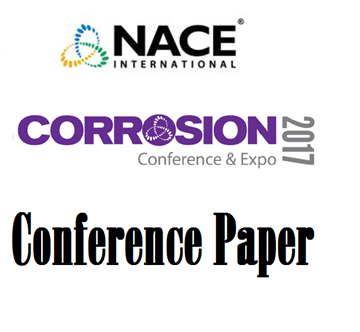Search
07513 Effect of Cathodic Protection on Biofilm Formation and Maturation
Also Purchased
Cathodic Protection and MIC - Effects of local electrochemistry
Product Number:
51317--9452-SG
ISBN:
9452 2017 CP
Publication Date:
2017
$20.00
10034 Cathodic Protection - It's All About Current
Product Number:
51300-10034-SG
ISBN:
10034 2010 CP
Publication Date:
2010
$20.00
07079 SIGNIFICANCE OF HYDROGEN EVOLUTION DURING CATHODIC PROTECTION
Product Number:
51300-07079-SG
ISBN:
07079 2007 CP
Publication Date:
2007
$20.00




